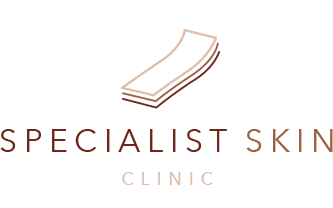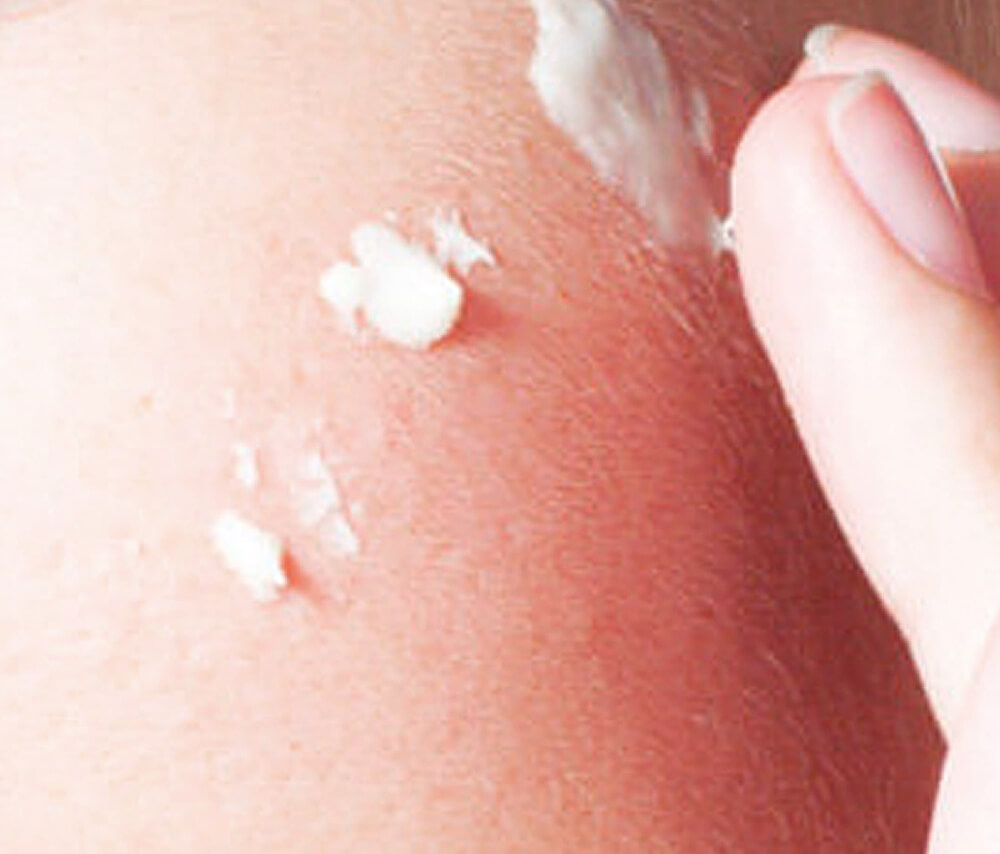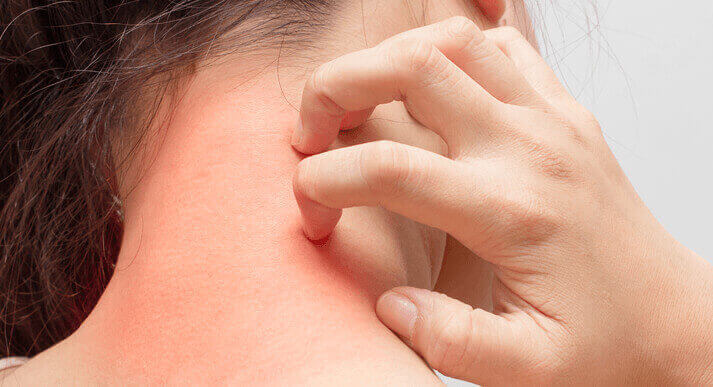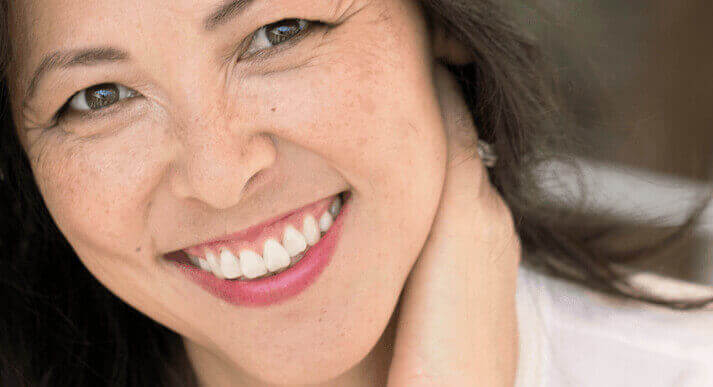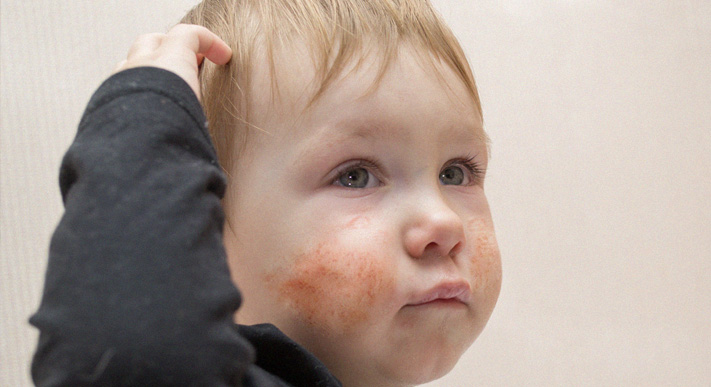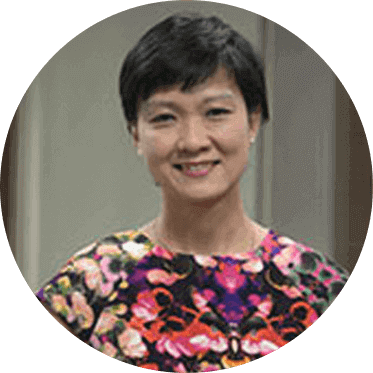These changes give rise to the dull, sallow complexion and uneven pigmentation that characterises mature skin.
Typical lesions include liver spots or lentigos, skin tags, angiomas, seborrhoeic keratoses or age spots, and
wrinkles.
Older people are more susceptible to inflammatory skin conditions such as eczema and rosacea. The hormonal
changes in some women cause increased growth of facial hair or adult acne. Fair-skinned individuals with a
history of excess sun exposure are also susceptible to developing solar keratosis (pre-cancerous spots) as
well as skin cancers.
Whilst the inflammatory conditions and skin cancers need to be treated accordingly, some of the other changes
associated with skin aging need not. Lesions such as skin tags, angiomas and seborrhoeic keratosis can be left
alone unless they cause irritation or bleed.
Nevertheless, anyone with aging skin should adopt a basic skin care routine. Treat your skin gently by patting
dry instead of rubbing vigorously after a shower, and never use abrasives such as scrubs, rough sponges and
washcloths. Avoid harsh soaps such as scented or antibacterial soaps, and take short, cool showers instead of
hot baths.
Use a moisturiser regularly especially if you spend long periods of time in an air-conditioned environment.
Moisturisers should ideally be applied to skin that is still slightly damp within a few minutes of a shower.
Those with more sensitive skins should avoid heavily scented moisturisers or products containing alcohol or
acids. Women suffering from adult acne should opt for non-comedogenic face moisturisers. It is also important to
use a sunscreen daily. Choose one with an SPF of at least 30 and reapply it every few hours if outdoors in
direct sun.
In addition to basic moisturisers, products containing retinoids such as tretinoin and retinol have been proven
to minimise fine wrinkles and improve the overall skin tone. For those intolerant to retinoids, alphahydroxy
acids either in moisturisers or as peels make a good alternative. Vitamin Cserum is a good antioxidant and helps
to protect the skin's collagen as well as stabilise the melanocyte. Lightening agents such as hydroquinone,
kojic acid and azaleic acid are also effective for pigmentary disorders.
Skin growths such as skin tags, angiomas and keratoses are easily removed with liquid nitrogen freezing, cautery
, radiosurgery or lasers. The GentleYag laser is effective for removing spider veins and excess hair growth. The
pigment laser or intense pulse light (IPL) can be used to address pigment spots. Minimally invasive procedures
such as microdermabrasion with dermalinfusion (Silkpeel), chemical peels, IPL and laser toning help improve skin
tone and clarity as well as stimulate collagen genesis without involving any ‘downtime'. Skin tightening can be
achieved with radiofrequency machines such as Thermage and Exilis. Injections with botulinium or fillers give
almost immediate improvement of wrinkles and deep furrow lines. For those who can tolerate some downtime,
ablative fractional lasers significantly reduce fine lines and uneven pigmentation.
Given all that is available nowadays, aging need not be regarded as a disease but rather embraced as a phase of
one's life. With proper attention to maintaining a healthy skin, body, mind and spirit, aging gracefully and
beautifully is not beyond our reach.

